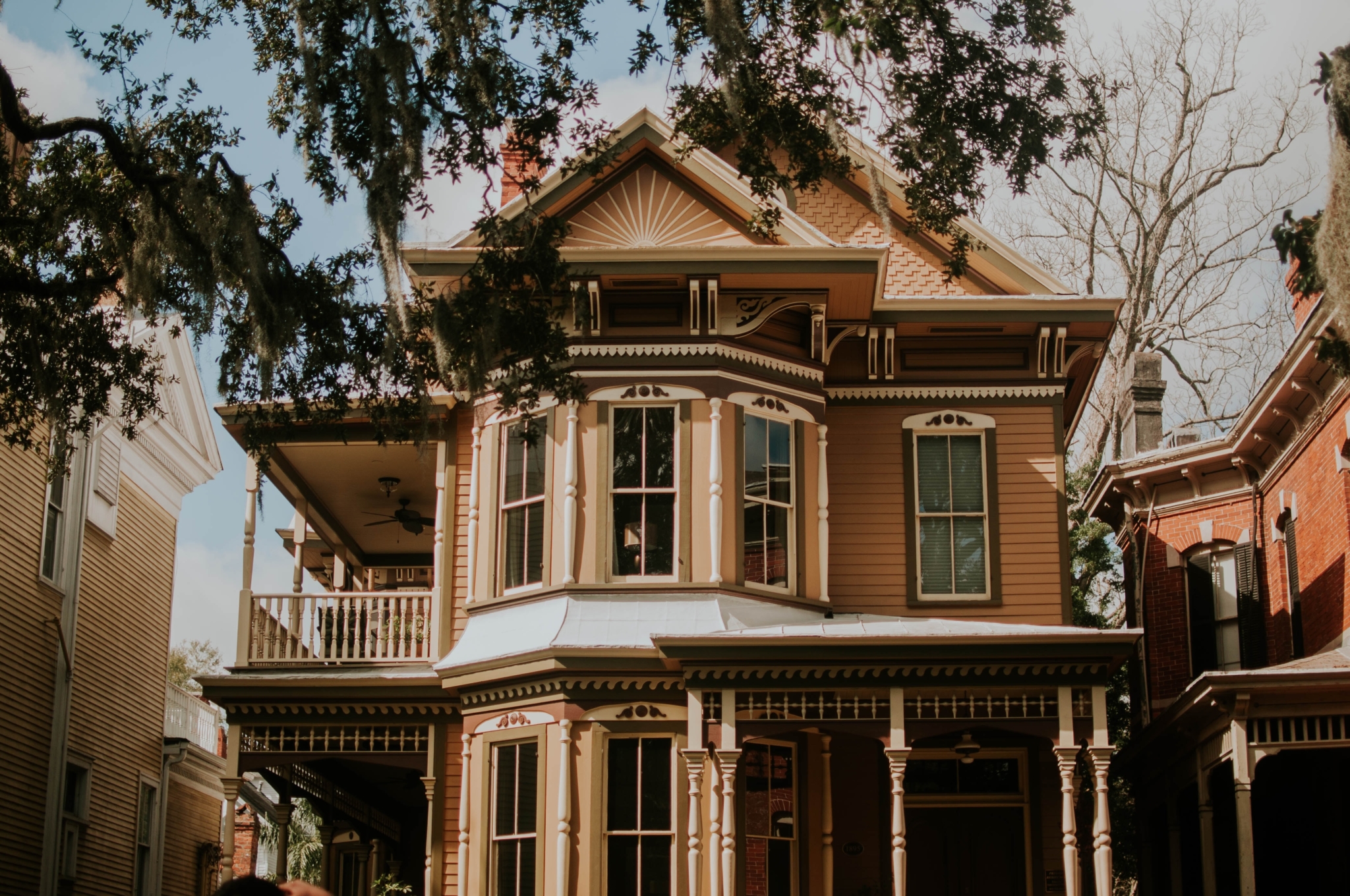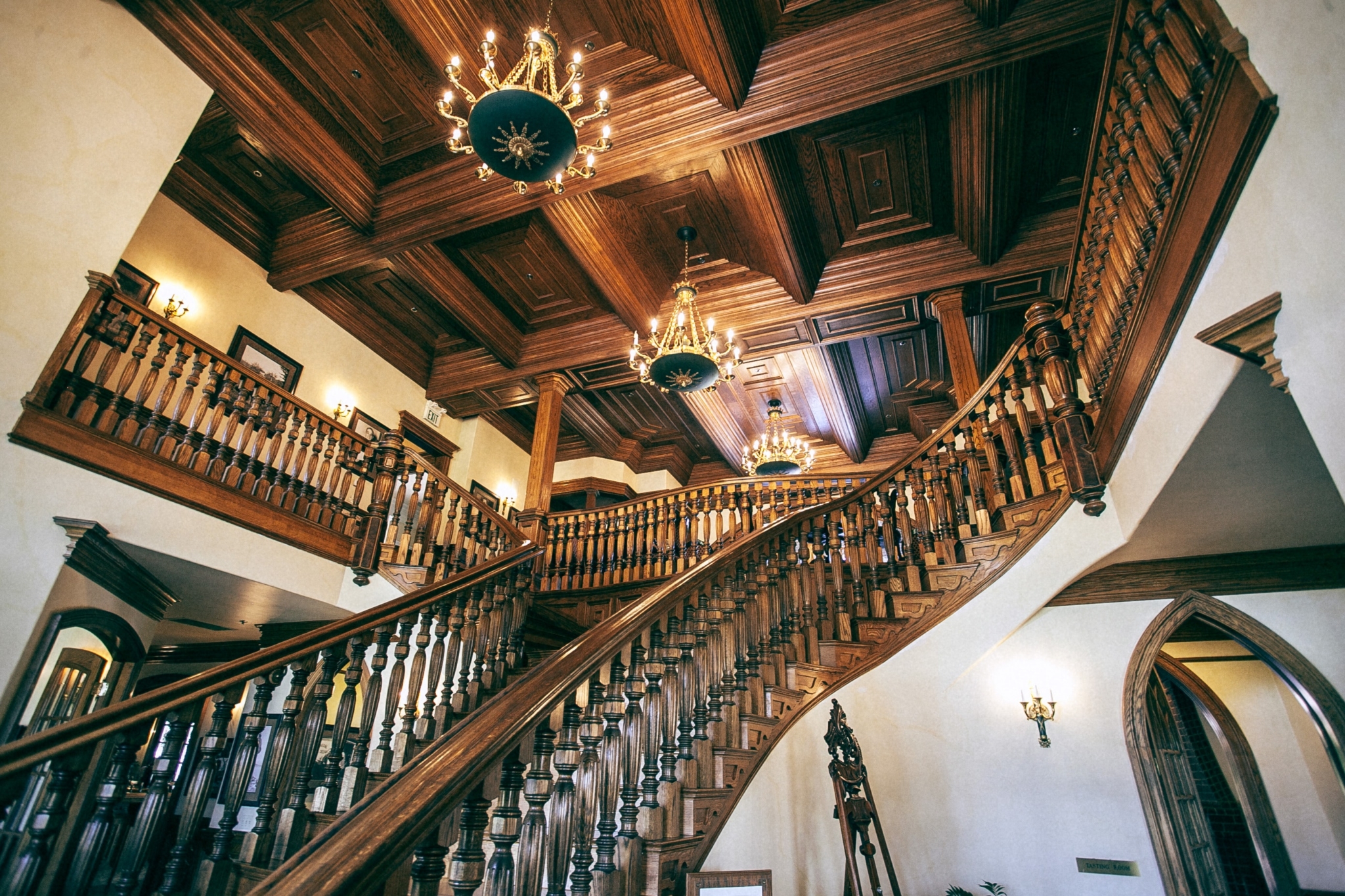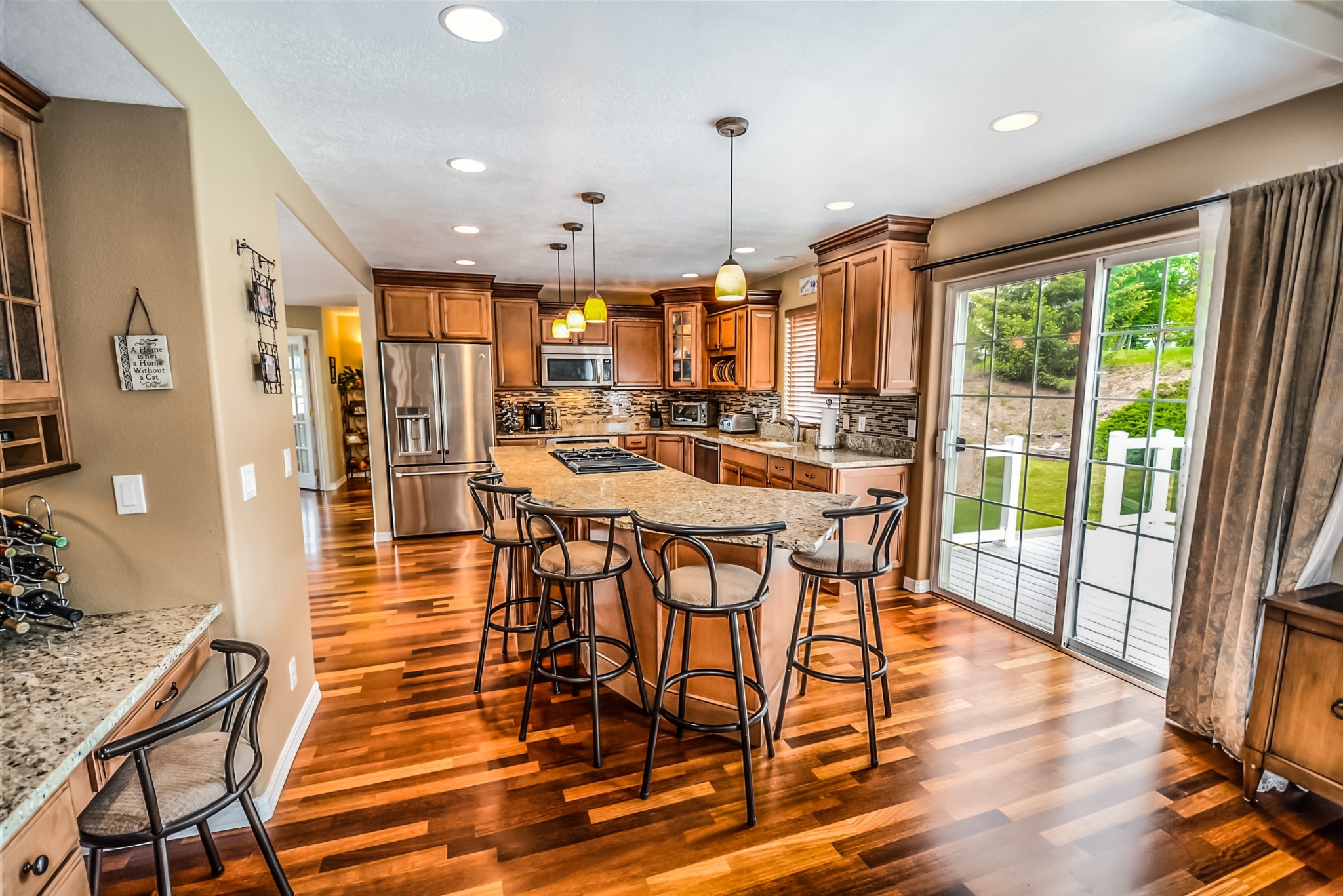
Restoring a historic home is no walk in the park. The process is not as simple as dusting the cobwebs from the corners, applying a fresh coat of paint, and calling it good-to-go. Restoring a historic home takes time, effort, and money, with a healthy dose of frustration mixed in as initial plans get thwarted by unexpected issues.
Nonetheless, there is no doubt that classic homes have a unique charm and character that cannot be matched by contemporary builds. When making plans for your new, “old” home, take into account some of the common issues of historic building restoration to turn any old house into a dream home.
Determine Whether a Restoration or Rehabilitation is Best

While it may seem like “restoration” and “rehabilitation” are two terms for the same process of making an old-time fixer-upper livable again, the distinction is important and one that will ultimately dictate the cost and difficulty of the project.
Restoration means modifying any aspects of the home that were not present during the era in which the home was built. This may include such changes as replacing modern electric appliances with gas or wood-burning models and switching sliding glass windows to ones with exterior shutters, a style indicative of an earlier time period. As such, strict restorations are typically only attempted for those buildings to be used as museums or tourist attractions, with many residents, no matter their passion for history, unlikely to want to forgo such comforts as modern-day heating, lighting, and plumbing.
Rehabilitation involves preserving certain historical features of the home while updating other aspects for contemporary use. This is common for old-time brick homes and country estates that want to maintain their historical appearances while offering interiors that are more up-to-date. Even for rehabilitation projects, though, much of the historical charm of a home can be retained through creative interior design choices, with customizable handrail products, creatively patterned synthetic flooring, and composite countertop materials allowing homeowners to enjoy all of the benefits of contemporary builds while having the aesthetic of bygone eras.
Look Out for Water Damage
One of the downsides of working with a historic home is that all of those years in existence has provided more time for something to go wrong. Chief among these concerns is water damage, as breakdowns in old-fashioned sewer lines and years of facing inclement weather are likely to have taken their toll.
Although it is likely that most historic homes will display some symptoms of water damage, it is important to determine whether the damage is mostly cosmetic or affects the structural integrity of the home. Look for signs such as mold along the ceiling, spongy patches in the floor, and visible signs of rot along the timber sills commonly used in historic building foundations to help gauge the investment required to eradicate these water damage concerns.
Let There be Light

A major challenge presented by historic homes is what to do about the light. After all, depending on the era that you are looking to restore, there is a possibility that the home was lit by candle or some other form of chandelier that was more decorative than functional in its lighting abilities.
“The problem is that modern renovation is all about how to most effectively use light to create an inviting and energy-efficient atmosphere. While some modern low-energy LED light fixtures may not play well in a historic home, definitely consider window upgrades and a light-colored interior design theme to get the light circulating and reflecting more efficiently through an older building.” – Steve Lyon, a professional home remodeler in Houston.
Make Curb Appeal a Priority
Even if the home itself has been properly restored, poor landscaping and dilapidated buildings can make the property appear more “old” than “historic.” Therefore, put the finishing touches on your restoration project by pruning and cleaning overgrown trees and shrubs, adding garage trim and fresh paint to a neglected garage, and laying down fresh stone on a sidewalk that has been worn into oblivion over the years.
Conclusion
Restoring a historic home comes with many challenges that require significant time, effort, and money. As such, a detailed renovation plan needs to be executed in order to make the project viable. By considering the points listed above, homeowners can take the necessary steps to turn any old house into the historic home of their dreams.
Skylar Ross is a contributor to the Innovative Materials blog. He is a content writer for the construction and home improvement industries with an interest in landscaping, outdoor remodeling, and interior design. Skylar is focused on educating homeowners, contractors, and architects on innovative materials and methods of construction that increase property value, improve sustainability, and create a warm and welcoming ambiance.
